You open Instagram and suddenly your account is locked. No warning. No reason. Just an abrupt message saying you violated the rules — even if all you did was scroll and maybe use a third-party app to schedule posts.
Frustration sets in. Your appeals go unanswered, and what once felt like a personal space now feels like borrowed property policed by a glitchy robot. Its the Instagram ban bots curse!
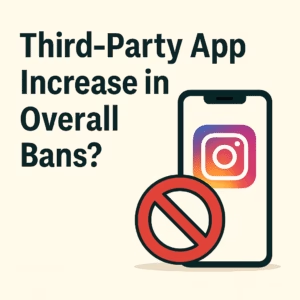
This is becoming the norm in 2025. People are losing access to decade-old accounts for reasons that make no sense. If you’ve been banned, you’re not alone — and if you haven’t, you’re not safe either.
This guide walks through exactly what’s going on, how to protect yourself, and what your real chances of recovery look like. It’s the survival manual Meta won’t give you.
TL;DR (Quick Save)
- Instagram’s automated moderation is out of control. Users are getting banned for minor behaviors that mimic automation or spam.
- Even safe apps can get you banned. Using scheduling tools or analytics platforms can trigger false positives.
- Most appeals are handled by bots, not humans. Your account is evaluated by pattern recognition scripts, not customer service agents.
- To reduce your risk: avoid rapid engagement patterns, isolate account activity using tools like The Social Proxy, and prepare a backup identity with Systeme.io.
- Meta doesn’t owe you support. If you’re not a verified or paying user, don’t expect help unless you escalate smartly.
Why Even Clean Accounts Are Getting Banned
It’s not just bots and scammers anymore. Regular users are getting flagged at record rates.
You might’ve:
- Used the same device for multiple accounts
- Logged in from hotel Wi-Fi or a shared college router
- Edited your profile picture and username too quickly
- Used a simple analytics app to check growth stats
Any of these actions — or a combination — can trigger the system. And Instagram doesn’t warn you. It just shuts the door.
If your account suddenly acts “differently,” Instagram assumes someone else took it over. Its solution? Lock you out and ask questions later (or never).
What counts as “suspicious behavior” now?
- Logging in from new or rotating IPs
- Changing profile info in one session
- Connecting to third-party tools
- Interacting with dozens of posts or accounts in short bursts
If one of your old accounts has ever been flagged and you’re still using the same phone or browser? That “flag” follows you. This is why a clean proxy setup — like The Social Proxy — has become essential for creators managing more than one account.
The 2025 Third-Party App Crackdown
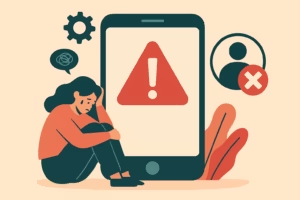
Instagram has gone nuclear on third-party apps — even the helpful ones.
Apps that:
- Show who unfollowed you
- Track post performance in detail
- Auto-like or comment
- Mass-schedule Reels or Stories
… are being treated as security threats, even if they don’t post without permission. Meta’s systems now check for unusual access tokens and API activity.
One user said they got banned minutes after connecting a well-known analytics app. It’s not just about intent — it’s about perceived risk.
Even if you’re not doing anything wrong, the system doesn’t care. Your account behaves differently, so it gets punished.
Appeals Are a Joke (Sorry)
The appeal process is fast — and that’s the problem. Appeals are often rejected within 5 to 10 minutes, which tells you all you need to know.
Instagram’s bot doesn’t read your explanation. It doesn’t cross-reference your videos or messages. It doesn’t even look at your history. Instead, it uses metadata: your IP, device ID, login pattern, and previous flags.
And if something doesn’t add up? Instant denial.
You may even get vague reasons like “violating our guidelines for fraud.” What fraud? You’ll never know. There’s no appeal to the appeal.
In some rare cases, linking your account to Facebook Business or running paid ads has allowed users to escalate and chat with a human. But unless you’re spending money, you’re a ghost in their system.
How to Stay Safe From Now On
If you haven’t been hit yet, you still have a chance to play smart. Here’s what you should do:
1. Remove unnecessary third-party access
Audit your account settings and revoke anything that’s not Meta-owned or officially partnered.
2. Space out profile changes
Change one thing at a time. Don’t update your handle, bio, and email all in the same hour.
3. Reduce account stacking
Don’t log into five niche pages on the same phone. Spread them out. Use The Social Proxy to isolate accounts across IPs and sessions.
4. Prepare for the worst
Build an email list. Set up a personal website or backup page using Systeme.io. Relying entirely on Instagram is a gamble.
What To Do If You’re Already Banned
Got hit already? You’ve got 3 real options — but only if you act with discipline.
1. Submit ONE good appeal
Keep it professional. Submit ID if asked. Don’t spam appeals — it reduces your chances.
2. Escalate through Facebook
If your IG was connected to a business page or ad account, head over to Facebook Business Help. It’s your best shot at chatting with a human.
3. Rebuild from scratch
It sucks, but it works. Don’t reuse the same email or username. Start slow. Use a clean network or trusted proxy. Treat your new account like it’s fragile — because it is.
Final Thought
Instagram used to feel like a community. Now it feels like a machine — one that doesn’t care if you’re real, human, or innocent. It just wants you to fit a pattern.
The platform isn’t dying, but it’s definitely harder to trust. So treat it like what it is: a rented space. Your voice, your brand, and your income should live somewhere safer.
Stay invisible to the system. Stay smart. And always, always have a backup.
Need visuals for this post? Just say the word.
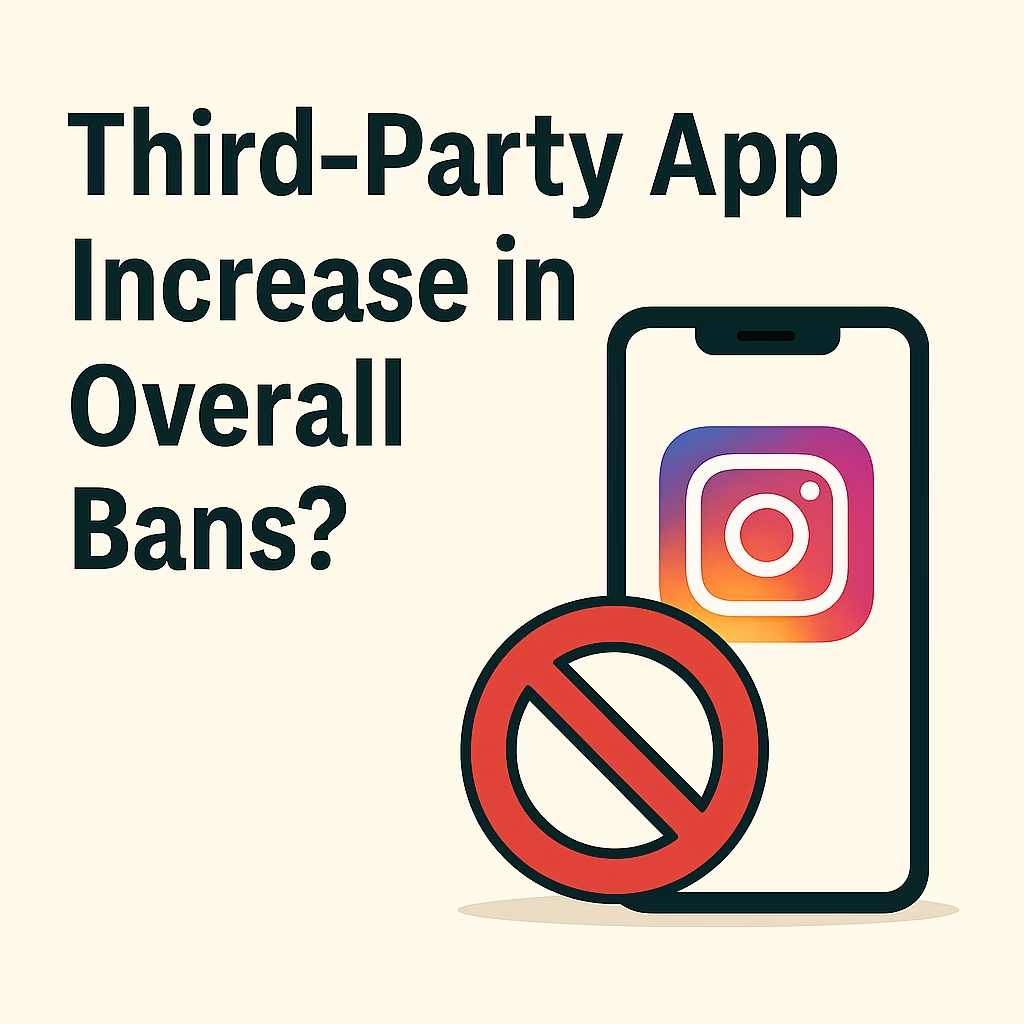
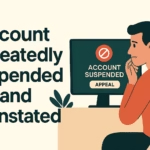
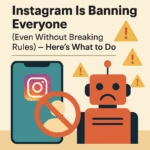
Pingback: Instagram Is Banning Everyone (Even Without Breaking Rules) — Here’s What to Do - Social Tips Master